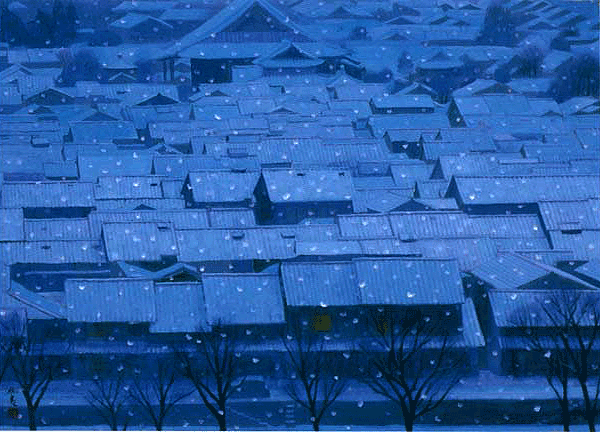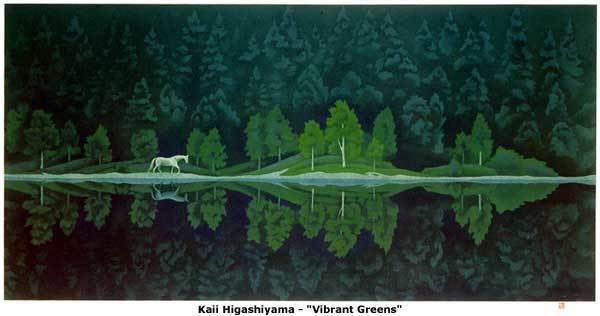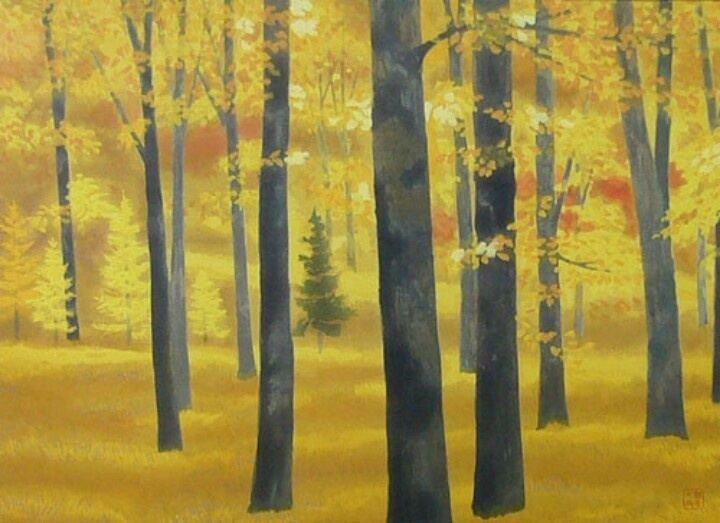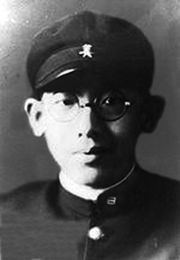Name Kaii Higashiyama Role Artist | ||
 | ||
Education Tokyo University of the Arts Books The Drawings of Kaii Higashiyama | ||
Kaii higashiyama
Kaii Higashiyama (東山 魁夷, Higashiyama Kaii, July 8, 1908 – May 6, 1999) was a Japanese writer and artist particularly renowned for his Nihonga style paintings. As one of the most popular artists in post-war Japan, Higashiyama was awarded the Japan Art Academy Prize in 1956 and the Order of Culture in 1969.
Contents

Kaii higashiyama memorial hall ichikawa
Biography

Born in Yokohama to parents Kosuke and Higashiyama Kaii, he was given the first name Shinkichi but later changed this to Kaii. From age three to 18 he lived in Kobe where he attended Kobe Junior High School (presently Hyogo Prefectural High School).

In 1921 he entered the Nihonga department of Tokyo School of Fine Arts (currently Tokyo National University of Fine Arts and Music). Higashiyama graduated with commendation in 1931 and entered the school's research department, where he spent two years training under Somei Yuki. In 1933, he boarded a cargo ship bound for Europe and began his studies in Western art history at Berlin University, where he studied from 1933 to 1935. At this time his work entered an art competition during the 1936 Summer Olympics in Berlin.

On November 21, 1940 he married Sumi Kawasaki, the eldest daughter of painter Sumi Kawasaki, and moved to Saginomiya in Tokyo. In July 1945, he was drafted into the army and received anti-tank training and was demobilized later that year. He spent a lot of time travelling, mostly in Japan and China, but also made several trips to Europe. In 1962 he travelled around the Nordic countries.

In 1947, he received the special prize at Nitten, the largest competition art exhibition in Japan. This fueled the development of his own style focusing on confrontation and contemplation of nature. In 1950, he exhibited the painting "Road" at the 6th Nitten Exhibition, where his sympathetic and simplistic treatment of the subject matter was well received by the art world and the public alike. In 1950, after the death of his mother, he moved to Ichikawa, Chiba.
He traveled to Scandinavian countries, Germany, Austria, and China, and drew many works themed the sceneries of these countries. On January 12, 1985, Higashiyama together with Andy Warhol and Joseph Beuys participated in the "Global-Art-Fusion" project. This was a Fax art project, initiated by the conceptual artist Ueli Fuchser, in which a fax was sent with drawings of all three artist within 32 minutes around the world—from Düsseldorf (Germany) via New York (USA) to Tokyo (Japan), received at Vienna's Palais-Liechtenstein Museum of Modern Art. It was meant as a statement for peace during the Cold War in the 1980s.
Murals
In 1953, he was selected to paint 27 fusama-e murals for a Japanese house, called Shofuso Japanese House and Gardens, which was being constructed in Nagoya in 1953 for an exhibition at the Museum of Modern Art in New York. Higashiyama, who had been a classmate of architect Junzo Yoshimura, was chosen above a number of other well-known Japanese painters such as Maeda Seison and Yokoyama Taikan, to paint mountain scenes with black ink on the fusuma and the tokonoma alcove. The Shofuso was moved to Philadelphia in 1958 where the murals were on view until they were destroyed by vandals in 1974.
In 1960, he painted a large mural entitled "Sun, Moon, and The Four Seasons", for the state dining room the Tōgū Palace of the Crown Prince. A second imperial commission followed, resulting in the 1968 mural, "Tide at Daybreak" (Asaake no Ushio), which is part of the Nami-no-ma hall of Tokyo Imperial Palace. This large painting is apparently modeled on the rocks of the Oumi Island in Yamaguchi prefecture. The dimensions of the painting are approximately 3.8 meters in height and about 14.3 meters horizontally.
He also painted several murals of Japanese and Chinese landscapes, for the Tōshōdai-ji temple, completed in 1975 and 1980.
